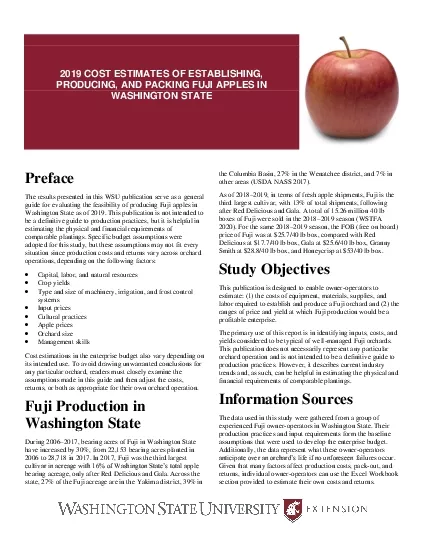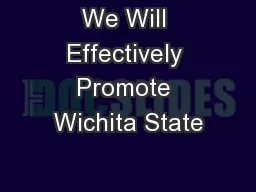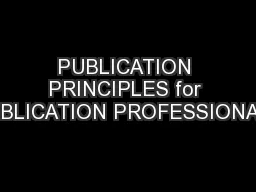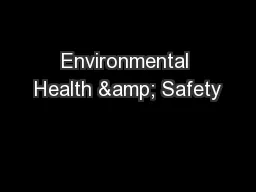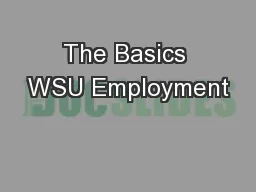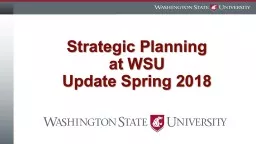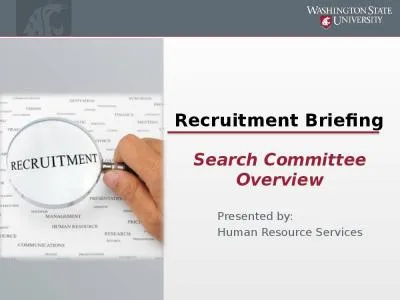PDF-The results presented in this WSU publication serve as a
Author : felicity | Published Date : 2021-08-14
Prefacegeneral guide for evaluating the feasibility of producing Fuji apples in Washington State as of 2019 This publication is not intended to be a definitive guide
Presentation Embed Code
Download Presentation
Download Presentation The PPT/PDF document "The results presented in this WSU public..." is the property of its rightful owner. Permission is granted to download and print the materials on this website for personal, non-commercial use only, and to display it on your personal computer provided you do not modify the materials and that you retain all copyright notices contained in the materials. By downloading content from our website, you accept the terms of this agreement.
The results presented in this WSU publication serve as a: Transcript
Download Rules Of Document
"The results presented in this WSU publication serve as a"The content belongs to its owner. You may download and print it for personal use, without modification, and keep all copyright notices. By downloading, you agree to these terms.
Related Documents

